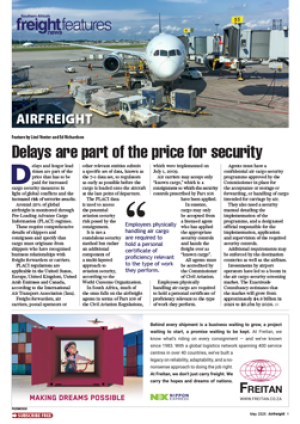More vehicles will be produced in the next 20 years than the last 110
ED RICHARDSON
THE MAJOR challenge for the automotive supply chain lies in coping with fundamental change in a dynamic automotive sector, says Professor Garel Rhys OBE.
Rhys, who holds the SMMT chair in Motor Industry Economics and is director of the Centre for Automotive Industry research (CAIR) at Cardiff University Business School, has researched and written on transport and automotive industry matters for four decades.
“There are exciting times ahead with super competition, less product differentiation and severe price and non-price competition,” he says.
Indeed, the role of “brand” and marketing is ever increasing and the pace of change and innovation, as well as unprecedented competition, puts the customer in a controlling position.
“More motor vehicles will be produced in the world in the next 20 years than in the last 110 years of the motor industry’s existence. Nearly 180 new production plants, each capable of making 300 000 vehicles a year, will be required to make these new vehicles, most in new manufacturing locations. Most existing factories will also need to be renewed, retooled, refurbished or replaced to remain effective. This will need an investment of $80 trillion. The financial, logistical and operational requirements of achieving this will be huge.”
Much of that increase will be the result of emerging markets, those now experiencing dynamic growth and those yet to become players in the world automotive market.
The world automotive market is like a “coil spring that can go any direction,” in Professor Rhys’s view. Large firms hang on to product philosophy and business methods rather than innovations, while smaller firms may be more creative and willing to take chances.
“There is nowhere for the inefficient to hide,” says Rhys.
‘Inefficiency has nowhere to hide’
01 Jun 2005 - by Staff reporter
0 Comments
Automotive 2005
01 Jun 2005
01 Jun 2005
01 Jun 2005
01 Jun 2005
01 Jun 2005
01 Jun 2005
01 Jun 2005
01 Jun 2005
